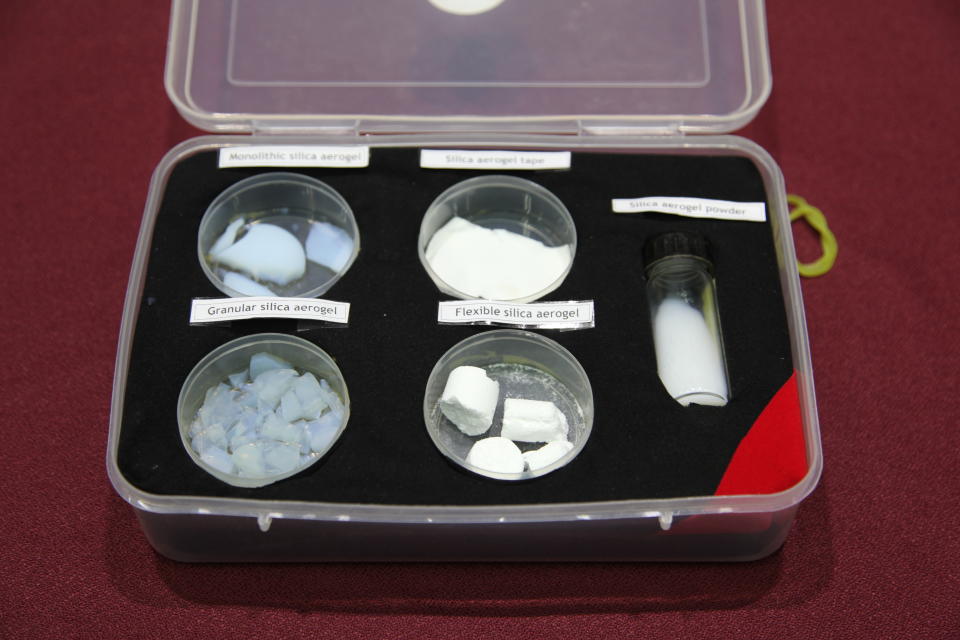Mars ‘could be made habitable’ using tiles, scientists say

Science-fiction films often have scenes where humans ‘terraform’ other worlds, using high technology to change planets to be less hostile to human life.
But it might really be possible to terraform Mars - by taking a more step-by-step approach, American and British scientists have said.
Using ‘islands’ of tiles, we could create a habitable environment on Mars within the next few decades, scientists believe.
Instead of trying to transform the planet, scientists could create tiny islands, paved with the lightest material on Earth - which would warm up the surface enough to allow liquid water beneath.
The inch-thick layer of tiles of silica aerogel - a fluffy white powder - could insulate the surface, and create habitation domes with year-round drinking water - or even self-contained biospheres.
Read more
Man charged with murder of heavily pregnant woman and the manslaughter of her baby
Corbyn accuses BBC of 'many inaccuracies' in documentary about Labour anti-Semitism
'Book ripper' bringing misery to seaside town's literary lovers with serial vandalism
The tiles would be laid in ice-rich temperate regions of the planet, the scientists propose - and could make long-term missions to Mars more realistic.
The ambitious plan, proposed by a joint US and British team, could be done within the next few decades.
Computer models and lab experiments showed a 2 to 3cm-thick shield of silica aerogel could transmit enough visible light for photosynthetic life to develp.
It would block hazardous UV radiation and raise temperatures underneath permanently above water's melting point - without any need for an internal heat source.

Corresponding author Professor Robin Wordsworth, an engineer at Harvard University in the US, said: 'This regional approach to making Mars habitable is much more achievable than global atmospheric modification.
'Unlike the previous ideas to make Mars habitable, this is something that can be developed and tested systematically with materials and technology we already have.'
Co-author Dr Laura Kerber, of NASA's Jet Propulsion Laboratory in California, said: 'Mars is the most habitable planet in our Solar System besides Earth.
'But it remains a hostile world for many kinds of life. A system for creating small islands of habitability would allow us to transform Mars in a controlled and scalable way.'
In tests that mimicked the Martian surface silica aerogel tiles were placed on a low-reflectivity base surrounded by thermally insulating material.
The apparatus was exposed to visible radiation from a solar simulator. The temperature was then recorded.
A climate model of the Red Planet then confirmed silica aerogel in ice-rich temperate regions could keep the water liquid up to a depth of several metres.
This would last throughout the Martian year. In addition, silica aerogels transmit visible light while absorbing it at UV wavelengths.
This would blanket the planet's environment - while still allowing enough light for photosynthesis.
Prof Wordsworth said: 'Spread across a large enough area, you wouldn't need any other technology or physics, you would just need a layer of this stuff on the surface and underneath you would have permanent liquid water.'

 Yahoo News
Yahoo News 
